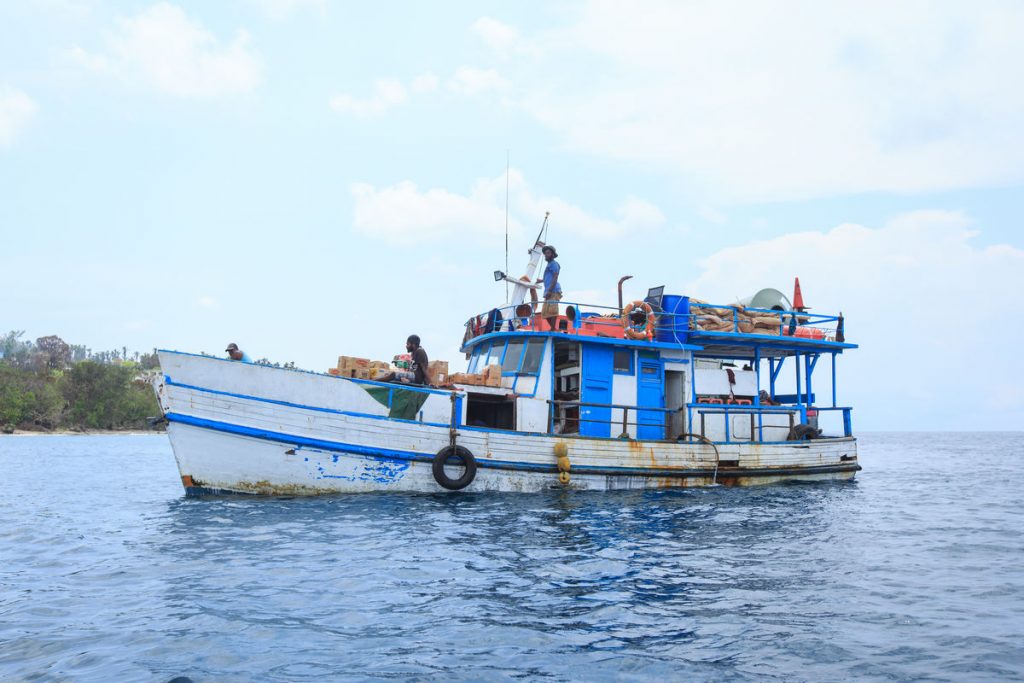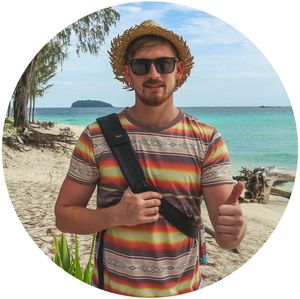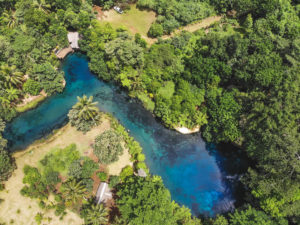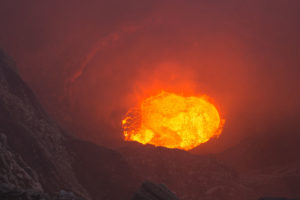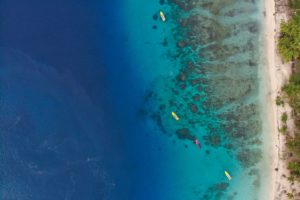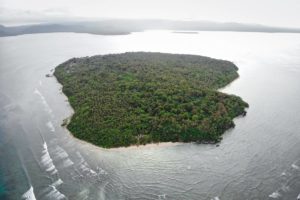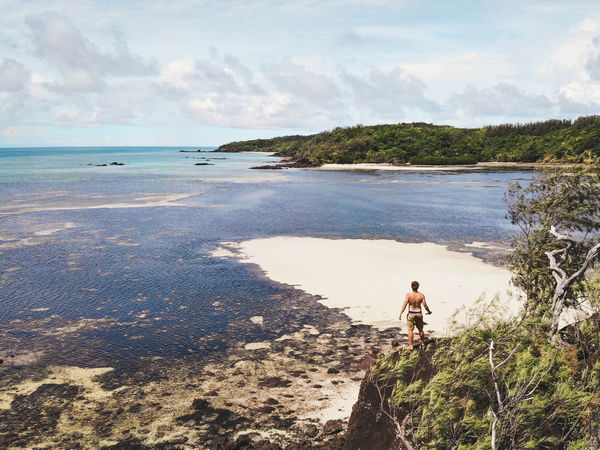Santo to Malekula – Riding a Cargo Boat in Vanuatu
Taking a small cargo boat overnight between Vanuatu’s islands is one of the craziest and most surreal travel experiences I have ever had.
In this trip, I travel from the island of Santo Espiritu to Malekula, these are the largest and second largest islands in Vanuatu respectively, but no representative of their level of development.
Would I do it again? In a heartbeat.
6PM – Finding a Cargo Ship at Santo Espiritu
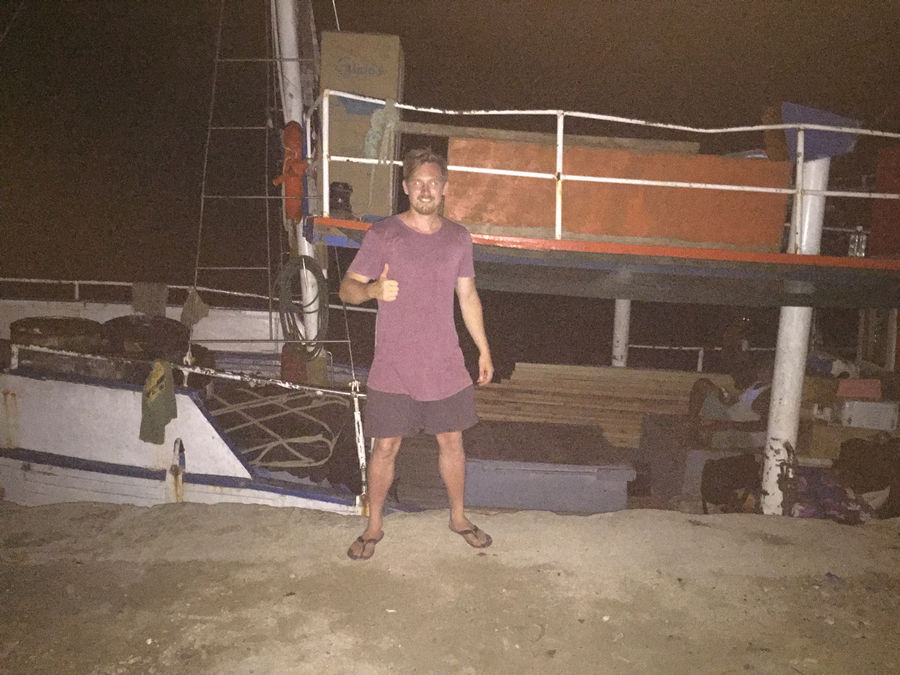
I already had plans to travel from Santo Espiritu to Malekula by boat; however, I was targeting one of Vanuatu’s commercial operators such as Vanuatu Ferry or Big Sista. As it goes in Vanuatu, this plan would fall through fairly easily.
Big Sista Ferry, was due to depart on a Wednesday afternoon, but they decided to make a last minute rescheduling. Not a delay, but to depart a day early, and an hour before I going to buy the ticket.
Boats in Vanuatu change schedule on a daily basis, without forewarning or update. That is a matter of fact, and it doesn’t seem to be getting fixed.
The best way to get a boat is to head down to the wharf directly. There you can ask for a boat heading to, or near to your destination.
Espiritu Santo has two ports. The main port is located just by the town. This is where the larger boats leave. The second port is located about 5km east of town. This is where smaller cargo boats depart.
After searching for an hour I was directed to a small cargo boat called Regim, which is apparently quite well known in Malekula.
I am told the boat departs the port at 11pm, it is an overnight ride from Luganville, arriving at Litz Litz sometime between 6.30am and 8.30am, targeting 7.30am. Weather dependent.
I am hesitant for a minute, then look at my tattoo I got in Thailand… What’s the worst that can happen? Adventure time.
11PM – Departure from Santo
I return to the port at 11pm just before the cargo boat is due to depart Santo. There are plenty more people with their cargo standing around by this time.
I am met with many odd stares until someone comes up to me and asks what I want to do. I tell them I want to take the cargo boat to Malekula, they are all surprised that a foreigner would board such a boat.
By midnight, the boat has been fully loaded with cargo and fifteen passengers traveling to Malekula. Before departure, the “Supercargo” comes around to collect fares. It is just 2000 vatu ($20) from Santo to Malekula. This is the cheapest way to get across from one island to the next.
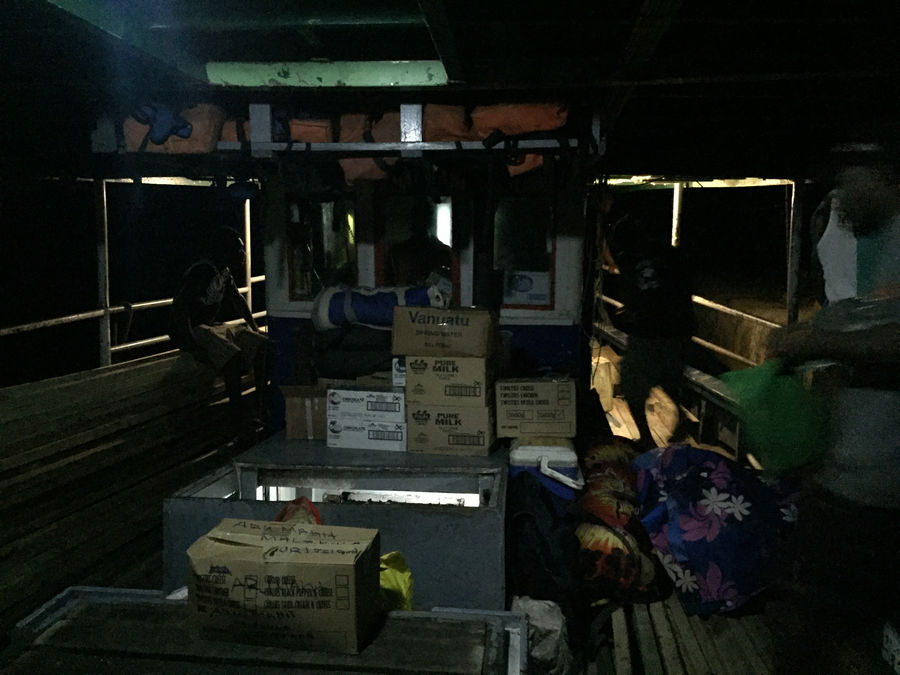
As the boat departs, the night fills with whistles of all different tunes. This is how the locals bid farewell to the passengers on board, rather than shouting out goodbye. On board, people return those unique whistles to friends and family on shore.
As they whistle away, I quickly look for find a good place to lie down. A good sleeping spot is tough to come by on a small cargo boat in Vanuatu.
1AM – Cruising in the open water
By 1am the boat has cruised past the headland of Santo and into the open sea. The waves pick up quite considerably, but it is a relatively calm night.
I get into chatting with Rudolph, a fellow passenger on board. He’s a local from a small village in Malekula called Atchin Island.
I question him whether these boats ever sink, but he reassures me that if people can trust their cargo on the boat, it will not sink.
To the south, there is the threat of a huge thunderstorm on the horizon. The huge storm clouds flash brightly every few minutes and throw down jolts of lightning into the ocean.
To the north, the volcanic island of Ambae is erupting, throwing up tall lines of orange lava into
I decide to put the anxiety of a storm behind me and try to head to sleep.
4AM – Living the Life of Pai
At 4am I surprise myself by having slept for almost three hours straight. Rudolph is still awake but is even more impressed that I’ve been able to sleep for so long on the noisy cargo boat.
The boat’s engine is now working full-throttle and the noise is almost unbearable without earplugs or noise canceling headphones. Although the boat is totally open an exposed, the deck is filled with a light plume of exhaust smoke from the engine room making it a bit more difficult to sleep.
I take a walk to the front deck of the boat and look over the edge. Amazingly, the water is glowing like the night sky.
Small particles of phosphorescent algae glow in the dark water. Not just a few, but every time the boat passes a wave, the ocean glows for a few meters either side of the boat. It feels like the scene straight out of Life of Pai.
As I head back to sleep I actually feel slightly cold for the first time since arriving in Vanuatu. It is a very refreshing feeling not sitting in the still humid air.
6AM – Sunrise and Flying Fish
I manage to squeeze in another two hours of sleep before sunrise. As the sun prepares to come up over the horizon, the air temperature already rises.
Rudolph and I stand on the boat’s front deck for sunrise. He points out and names all the small islands that are scattered along Malekula’s north coast. Vao, Atchin, Wala, Rano and the tiny island of Uripiv. There’s so much exploring that needs to be done over the next week here.
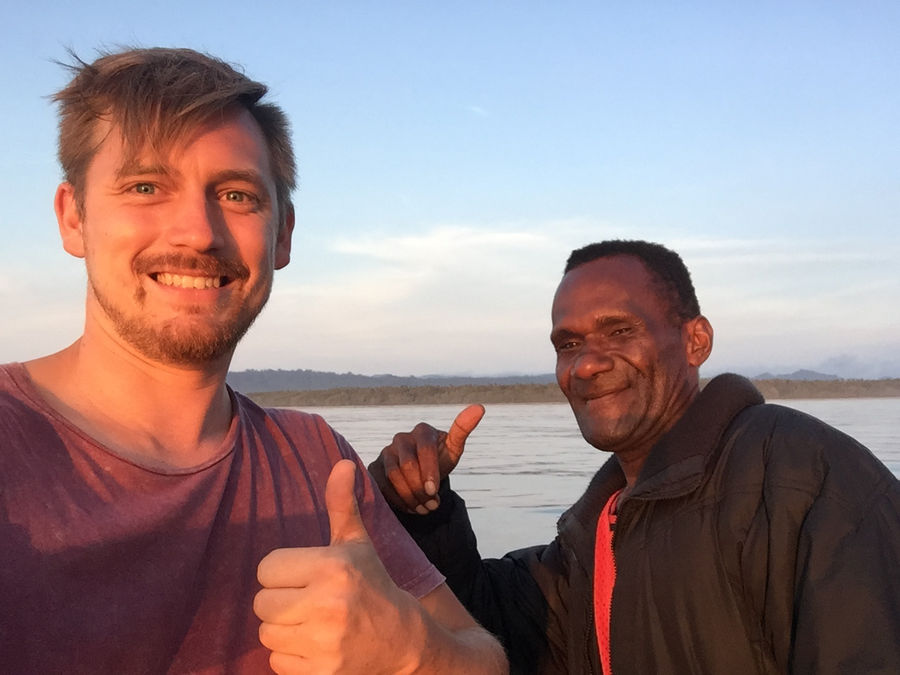
Standing and staring at the ocean for a while, we see a fish jump up out of the water. Soon after, another fish jumps up and flies across the water for about one hundred meters.
As the boat continues on we pass straight through a school of flying fish. Suddenly the ocean comes to life with hundreds of fish flying across the water in the early morning sun.
Nearing the small island of Rano we pass straight over a family of green sea turtles. The water is so clear that we can see right down to the sandy ocean bed some thirty for forty meters below the surface.
Rudolph tells me that parts of this area are actually protected by a marine conservation zone. The mangroves around the islands are the perfect breeding place for fish, and therefore the waters between the mainland and the small islands are inhabited by; turtles, dolphins, dugongs, sharks and whales.
7:30AM – Arriving at Malekula
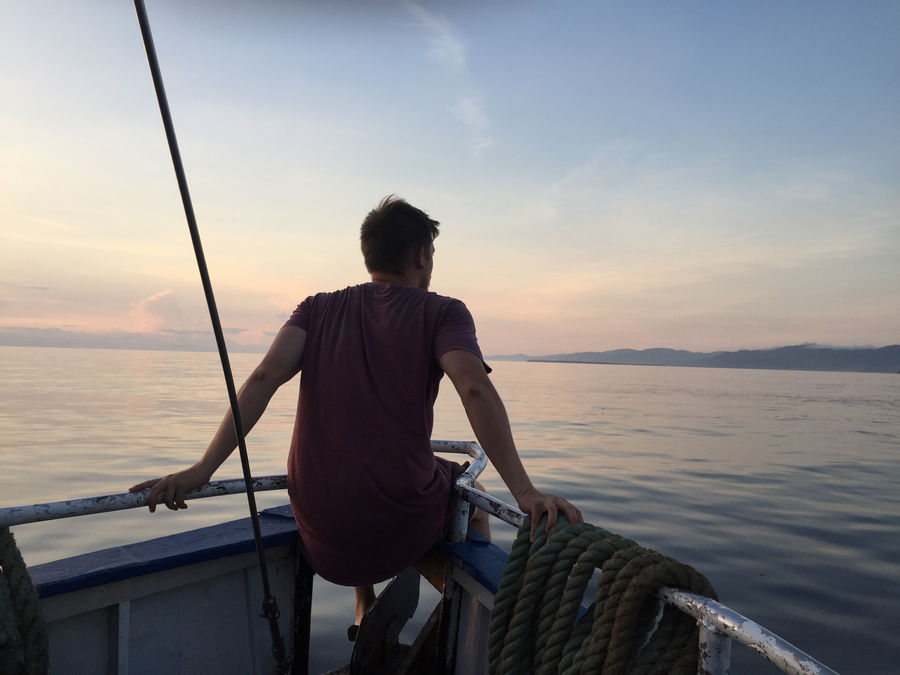
The cargo boat approaches the small wharf called Litz Litz on Malekula’s north coast at 7.30am. The captain’s predictions for ETA were accurate.
From here we hop over another three boats before reaching the jetty and searching for a pick up truck to take us into town.
The ride from Litz Litz to Lakatoro only takes about 10 minutes and costs just 100 vatu. There are plenty of drivers around who have been transporting coconut produce to the port so getting a ride is easy.
Where to next in Malekula?
I spent the next week exploring the north coast of Malekula, from Litz Litz right up to Atchin Island where I visited Rudolph and his family.
Be sure to check out my Malekula travel guide for destinations including; Lakatoro, Norsup, Rano, Rano Island, Atchin, Atchin Island and Uripiv Island.
Malekula is the second largest island in Vanuatu. There is also a whole southern end of Malekula to explore including South West Bay, Lamap, and the Maskelynes.
It is said the west coast of Malekula has the best sunsets in Vanuatu. The island is also surrounded by dugong hotspots, though they are shy and can be quite difficult to find.

